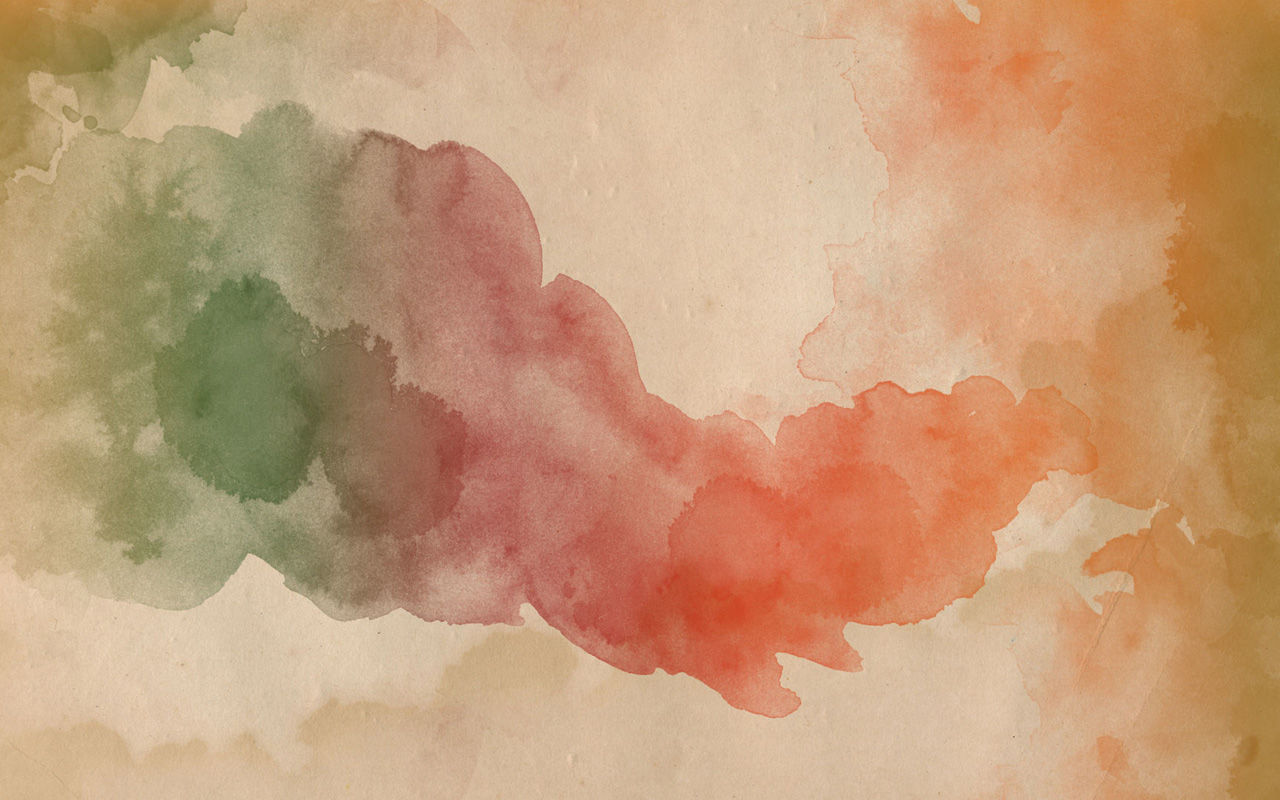
Andrey Novikov
Russia
Andrey Novikov's new painting project, "Civilization," extends his meditations on humanity's destiny and influence. The work once again features gigantic fragments of ancient sculptures, but their role is transformed.
"Civilization" is Novikov's contemplative gaze into humanity's potential futures, a humble attempt to visualize and grasp the various paths that mankind might tread. Unlike his previous work, the future here appears desolate and bereft of life. Small, solitary human figures seem almost lost against the imposing backdrop of stunning futuristic designs.
These antique sculptures, once emblematic of human ideas' power, now serve as unknown energy sources that fuel the structures of tomorrow. Their function has shifted, their role now hinting at salvation or preservation of human heritage.
"Civilization" paints a somber picture: the tragic demise of mankind. The lifeless world, isolated figures, and stark technological landscapes symbolize the Great Filter, echoing the unsettling questions raised by the Fermi paradox. The abundance of futuristic constructs nudges us to ponder the likelihood of a civilization's inevitable downfall. Alas, considering the Great Silence of the Universe, this probability appears dishearteningly high.
Through this project, Novikov offers no clear verdict on humanity's fate. Perhaps the people portrayed are the last of their kind, yearning to immortalize their civilization's memory in grand sculptural forms. The surrounding desert sands symbolize time, a relentless force that might serve as the Great Filter, reminding us of the impermanence and mortality of all things. Against this arid expansion, the ancient monuments stand defiantly, their sheer scale a desperate counterpoint.
Yet there is a cyclical nature to time: rebirth follows death. Perhaps Novikov's canvases are not chronicling an hour of demise but rather a moment of genesis. The desert is not merely tomb's ashes; it is an ocean of sand, fertile with potential. Each futuristic structure may not mark a grave but signify a terraforming tool, the ark, and the lonely figures might represent pioneers rather than survivors.
"Civilization" intrigues with its unresolved conclusion. The depicted crossroads in humanity's potential history are both terrifying and inspiring, as enigmatic as the universe itself. It is not a definitive statement but a humble exploration, a reflection on what might be, and a poignant reminder of our place in the Universe.

Picked by:
Konstantin Sterkhov

The Artwork
presented for the contest:
47 Ursae Majoris b